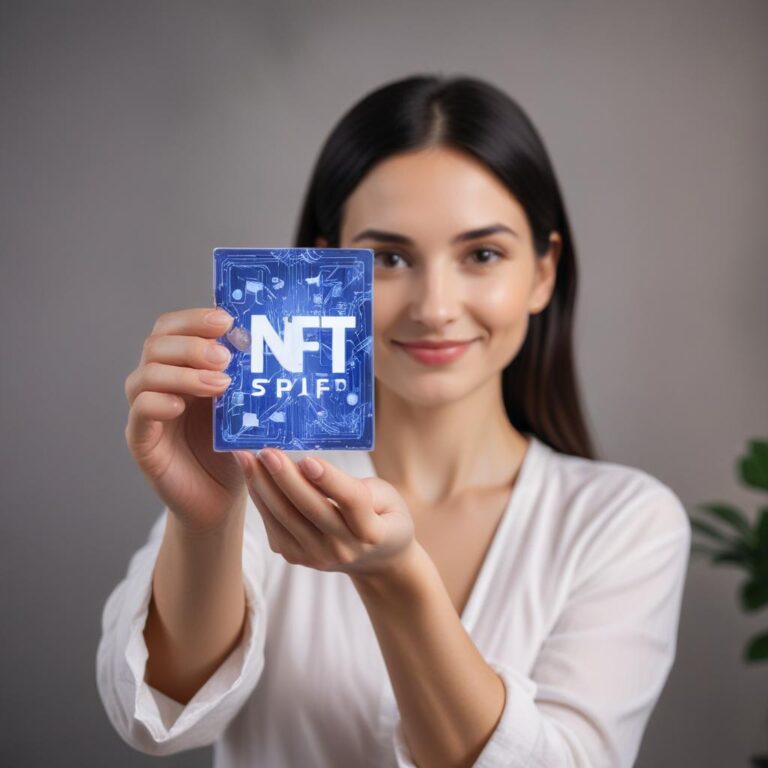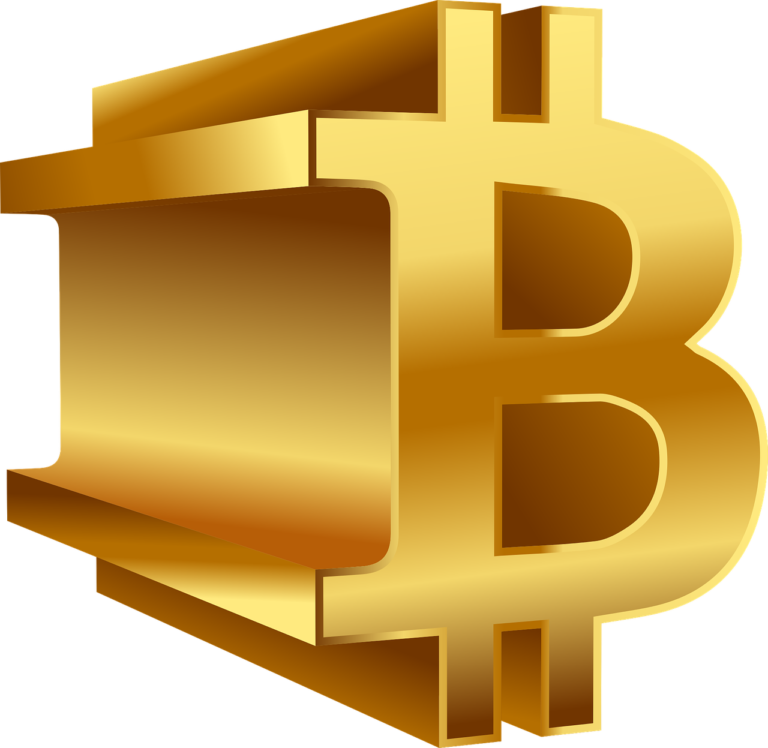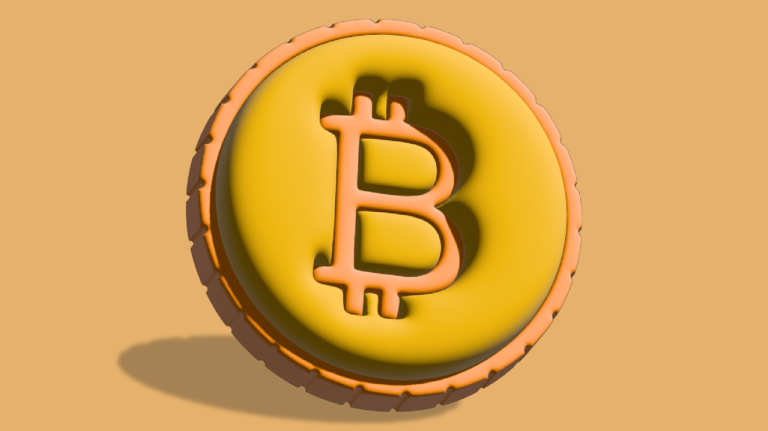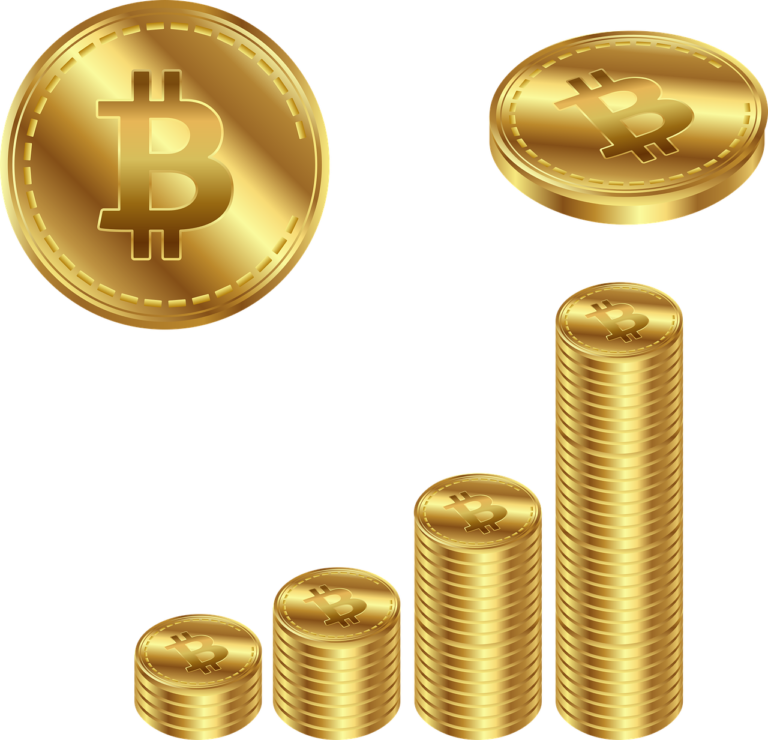An Analysis of the Ethereum Ecosystem: From DeFi to NFTs
Discover the transformative power of the Ethereum ecosystem as we delve into the world of decentralized finance (DeFi) and non-fungible tokens (NFTs). Deepen your understanding of the Ethereum ecosystem with Ethereum Code, an insightful automated bot exploring DeFi to NFTs.

Exploring Decentralized Finance (DeFi)
Decentralized Finance, commonly known as DeFi, is a revolutionary concept that has gained significant traction within the Ethereum ecosystem. At its core, DeFi aims to reshape the traditional financial system by leveraging blockchain technology to eliminate intermediaries and create an open, permissionless environment for financial transactions.
Unlike traditional financial institutions, which rely on centralized control and trust, DeFi applications operate on smart contracts, self-executing agreements that automatically execute predefined conditions. These smart contracts are built on the Ethereum blockchain, offering transparency, security, and immutability.
One of the key benefits of DeFi is its ability to enable lending and borrowing without the need for a centralized intermediary like a bank. Users can lend their digital assets and earn interest or borrow assets by providing collateral. This peer-to-peer lending model eliminates the need for credit checks and allows users to access financial services more efficiently.
In addition to lending and borrowing, decentralized exchanges (DEXs) are another prominent aspect of DeFi. These platforms facilitate the exchange of digital assets directly between users, without relying on a centralized exchange. Examples of popular DEXs built on Ethereum include Uniswap, SushiSwap, and Balancer.
DeFi also introduced the concept of yield farming, which involves earning rewards or additional cryptocurrency tokens by staking or providing liquidity to specific protocols. Liquidity mining, a subset of yield farming, incentivizes users to contribute liquidity to decentralized exchanges or lending platforms, earning them additional tokens as a reward.
While DeFi presents exciting opportunities for financial inclusion and innovation, it also faces several challenges. Scalability remains a concern as the Ethereum network can experience congestion during periods of high demand. Security is another crucial aspect, as DeFi protocols and smart contracts need to undergo rigorous audits to ensure the safety of users’ funds.
NFTs: The Rise of Digital Collectibles
In recent years, the emergence of non-fungible tokens (NFTs) has revolutionized the concept of digital ownership and created a new wave of excitement within the Ethereum ecosystem. NFTs are unique digital assets that represent ownership or proof of authenticity of a specific item or piece of content, such as artwork, music, videos, or virtual real estate.
The concept behind NFTs is rooted in blockchain technology, specifically the Ethereum blockchain, which provides the infrastructure for creating, buying, and selling these digital collectibles. Unlike cryptocurrencies like Bitcoin or Ether, which are fungible and can be exchanged on a one-to-one basis, NFTs are indivisible and unique, making each one distinct from the other.
NFTs have gained significant popularity in the art world, allowing artists to tokenize their work and sell it directly to collectors without intermediaries. This direct connection between creators and buyers has democratized the art market and provided new opportunities for artists to monetize their digital creations.
NFT marketplaces, such as OpenSea and Rarible, have become hubs for buying and selling these digital collectibles. These platforms provide a space for artists, collectors, and enthusiasts to explore and engage with NFTs. They offer features like bidding, auctions, and secondary sales, creating a dynamic marketplace for digital assets.
While digital art has been the primary focus of NFTs, the concept has expanded into other areas as well. Tokenized ownership of virtual real estate and in-game assets has gained traction, allowing players to buy, sell, and trade unique items within virtual worlds. This has opened up new possibilities for the gaming industry, creating a decentralized marketplace for digital gaming assets.
The rise of NFTs has not been without controversy. Critics argue that the environmental impact of NFTs, particularly in terms of energy consumption, raises concerns. The process of minting NFTs and the underlying blockchain transactions can require significant computational power. However, efforts are being made to explore more eco-friendly solutions to mitigate these concerns.
Despite the challenges and debates surrounding NFTs, their impact on the creative industry is undeniable. Artists are now able to leverage the power of blockchain technology to protect their intellectual property rights, receive royalties for secondary sales, and engage directly with their fanbase. This shift has disrupted traditional models of art ownership and has the potential to reshape the creative landscape.
Conclusion
As the Ethereum ecosystem continues to thrive, the analysis of DeFi and NFTs reveals groundbreaking opportunities for financial innovation and digital ownership. While challenges persist, the promise of decentralized finance and unique digital collectibles empowers individuals and revolutionizes industries, paving the way for a more inclusive and interconnected future.






